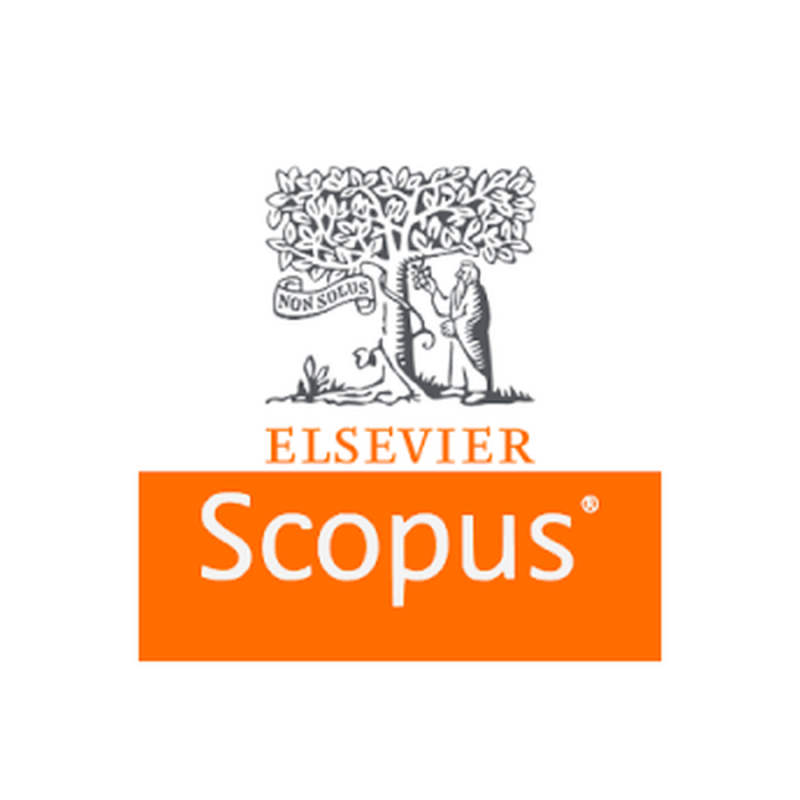Hydrogeochemistry and Health Risk Assessments of Surface and Groundwater Around Industrial District in Qayarah Area, Northern Iraq
Abstract
Fourteen samples are selected from surface, ground and springs waters around the city of Qayarah, northern Iraq. Analyses of major components: Ca+2, Mg+2, Na+, K+, Cl-, SO4-2, NO3- and HCO3-, as well as measuring the following properties: pH, TDS and EC are carried out. The mean results for Tigris River samples are (58.2, 16.62, 16.07, 2.15, 16.35, 69.7, 2.75, 137.5,) mg/l respectively. The values of pH, EC and TDS are 8.2, 443.25 S/cm, and 281.75 mg/l respectively. The average results of both groundwater and sulfur spring analyses are (588.9, 269.1, 1056.3, 7.1, 1281.3, 2843.0, 14.3, 189.1 mg/l) respectively. The values of pH, EC and TDS are (8.2, 7515 S/cm, and 6491.0 mg/l) respectively. The Piper classification of water reveals that the studied Tigris River samples belong to facies (B), wells [GR5, GR7] belong to (C) facies, wells [GR1, GR2, GR4, GR6, GR3, GR8] belong to the facies (E), well [GR9] and the sulfur spring [SW5] belong to (G) facies. The Water Quality Index (WQI) of the samples show: Tigris River samples are excellent for suitability for drinking, with a rate of (20.81-22.19), sample [GR9] is poor with a value (69.03), samples [GR6, GR7] are of very poor quality with values (95.75) and (85.72) respectively, the samples [GR1, GR2, GR3, GR4, GR5, GR8, SW5] are unsuitable with range values (111.62-341.57). Pollution with heavy elements (As,Cd,Cr,Cu,Hg,Mo,Ni,Pb,Se,Zn) show low HPI rate (1.18-3.65). The carcinogenic risk calculations show that all samples are under risk; except for (GR3) sample had a significant carcinogenic risk. Non-carcinogenic health risk quotient is under risk. The carcinogenic by ingestion and dermal exposure for adults more than for children, while the non-carcinogenic risk by ingestion and dermal exposure for children is more than for adults.



